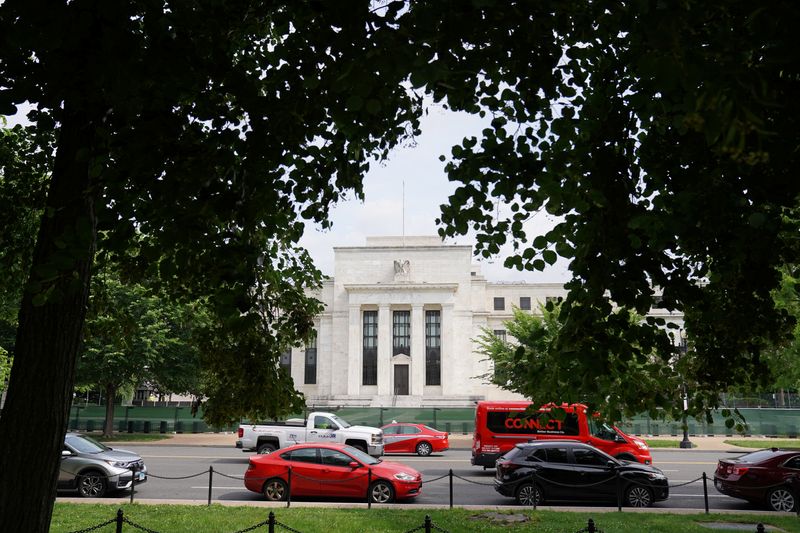In the week leading up to the Federal Reserve’s upcoming interest rate decision, the economic landscape is characterized by a mix of key employment statistics, inflation trends, and the impending U.S. presidential election. Currently, there is widespread consensus that the Fed is poised to enact another interest rate cut, marking the second in a series aimed at fostering labor market stability and mitigating recession risks amidst cooling inflation. After September’s cut, which reduced the policy rate by half a percentage point to the range of 4.75%-5.00%, the focus is now on whether the Fed will maintain this trajectory. Despite signs of a robust employment landscape and moderate upward pressures on prices, most Fed officials appear optimistic about continued rate reductions, highlighting the current low unemployment rate of 4.1% and inflation’s alignment with the central bank’s 2% target.
However, the backdrop to the meeting is not without complexity, as recent economic data has shown stronger-than-expected results in consumer spending and job growth, leading many experts to analyze the current economic environment. Despite the uncertainties, key figures within the Fed, including San Francisco Fed President Mary Daly, have expressed support for further cuts, emphasizing the importance of avoiding additional slowdowns in the labor market. While some policymakers are contemplating a brief pause in rate cuts in light of upcoming economic data, no one has advocated for a pause at the next meeting. Updated projections suggest that most central bank officials see at least one full percentage point of necessary cuts before reaching a neutral policy stance, with many arguing for even more significant reductions.
As the Fed gears up to release key indicators, including measures of inflation and GDP growth, the expected data will greatly influence decision-making processes. Analysts anticipate a stickier core inflation gauge but a decline in headline inflation to 2.1%, alongside an estimated annual growth rate of 3% for the third quarter. Job openings, another crucial metric, are projected to reflect a cooling labor market. Nonetheless, the October jobs report may display temporary distortions due to external factors, complicating the Fed’s interpretation of labor market health. In light of these complexities, many financial analysts maintain a forecast of a quarter-percentage-point cut in November, bolstered by market expectations.
The timing of the Fed’s policy meeting is particularly critical, coinciding with the U.S. presidential election on November 5, where the outcome could significantly impact economic sentiment. Analysts, including Macquarie strategist Thierry Wizman, caution that a Trump victory could incite a pause in rate cuts, not due to political pressures but rather based on anticipated shifts in market expectations surrounding inflation. Trump’s previous proposals related to tariffs and tax cuts may lead markets to predict higher inflation, thus influencing the Fed’s deliberations. Conversely, other economists, such as Joseph Tracy, advocate for a more aggressive approach, proposing immediate cuts to hasten alignment with long-term monetary goals.
Despite the debate surrounding the pace and timing of future cuts, Fed officials are not strictly bound by any particular monetary policy rule. The central banking body often employs discretion and consensus in their decision-making processes; hence, the likelihood of a drastic shift in policy due to external events remains uncertain. Moreover, any perceived political motivations for pausing cuts could be detrimental to public trust in the Fed’s independence. As market conditions evolve and inflation dynamics shift, the Fed faces the challenge of balancing the volatile interplay between economic indicators and the upcoming electoral outcomes.
Overall, the central bank’s path forward seems inclined towards continued rate reductions as it aims to recalibrate monetary policy to a more neutral position in response to evolving economic stimuli. Barring extraordinary developments, current assessments predict that the Fed will pursue further cuts in both November and December. This collective approach demonstrates the Fed’s commitment to navigating its dual mandate of achieving stable prices while fostering maximum sustainable employment, even amid a complex and changing political landscape. The Fed’s forthcoming decisions will likely leave a lasting imprint on both the domestic economy and global financial markets, as stakeholders closely watch for signals of adjustment in borrowing costs and overall economic strategy.

